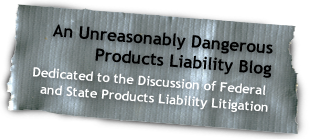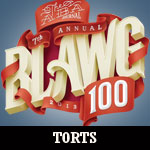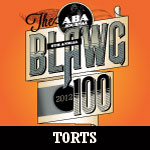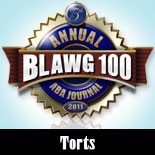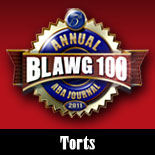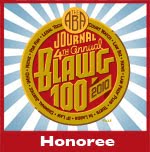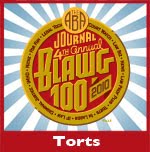$30 Million Popcorn Lung Case Popped
In a recent article on “popcorn lung,” we here at Abnormal Use noted that such cases were typically occupational exposure cases where plant workers were exposed to the chemical diacetyl. Solis v. BASF Corp., No. 1-11-0875. (Ill. Ct. App. Oct. 4, 2012) was one such case: Solis filed suit against BASF, a company that provided diacetyl to his employer, for injuries allegedly stemming from his occupational exposure. He claimed that BASF failed to issue proper warnings as to the dangers of diacetyl. In 2010, an Illinois jury awarded him $30.4 million in damages. Recently, an Illinois appellate court reversed and remanded that verdict because of an improper jury instruction on BASF’s duty to warn (as well as failing to submit a statute of limitations issue to the jury).
By way of quick refresher, diacetyl was an ingredient in artificial butter flavoring like that found in microwave popcorn. Inhalation of diacetyl fumes can cause a relatively rare lung disease called bronchiolitis obliterans, also known as “popcorn lung.” Plaintiff worked at two flavoring plants from 1989 to 2006 where he worked around the chemical diacetyl. BSAF was one of the diacetyl suppliers at the plant where Plaintiff worked from 1998 to 2006. In 2006, Solis was diagnosed with popcorn lung, and he now claims to have just 25 percent of normal lung capacity.
Plaintiff claimed at trial that BSAF negligently failed to disclose to users of its diacetyl products the existence of a 2000 study showing the dangers of diacytel. The trial court instructed the jury that an issue was whether “BASF Corporation was negligent in . . . in failing to disclose the results of scientific research available to it indicating that the use of diacetyl causes lung disease or risk of harm to others.” On appeal, BSAF argued, among other things, that the jury was improperly instructed as to the scope BASF’s duty to warn. The appellate court agreed and found the trial court’s instruction to be too expansive based on the case law regarding the duty to warn. It noted that a plaintiff must show that a defendant knew or should have known that the product was unreasonably dangerous and failed to warn the user of its dangerous propensity. Accordingly, an instruction that BASF had a duty to warn with all information “available to it” just didn’t cut it. The court also held that the instruction improperly failed to specify the universe of individuals BSAF was required to warn (e.g., Plaintiff vs. Plaintiff’s employer vs. the flavoring industry vs. the general public).
Interestingly, the trial court did give the proper instruction as to Plaintiff’s strict liability failure to-warn claim, in instructing that at “BASF Corporation has a duty to adequately warn and instruct the user about the dangers of its products of which it knew, or in the exercise of ordinary care, should have known, at the time the product left its control.”
I guess this is an instance where cut and paste can really be your friend.

